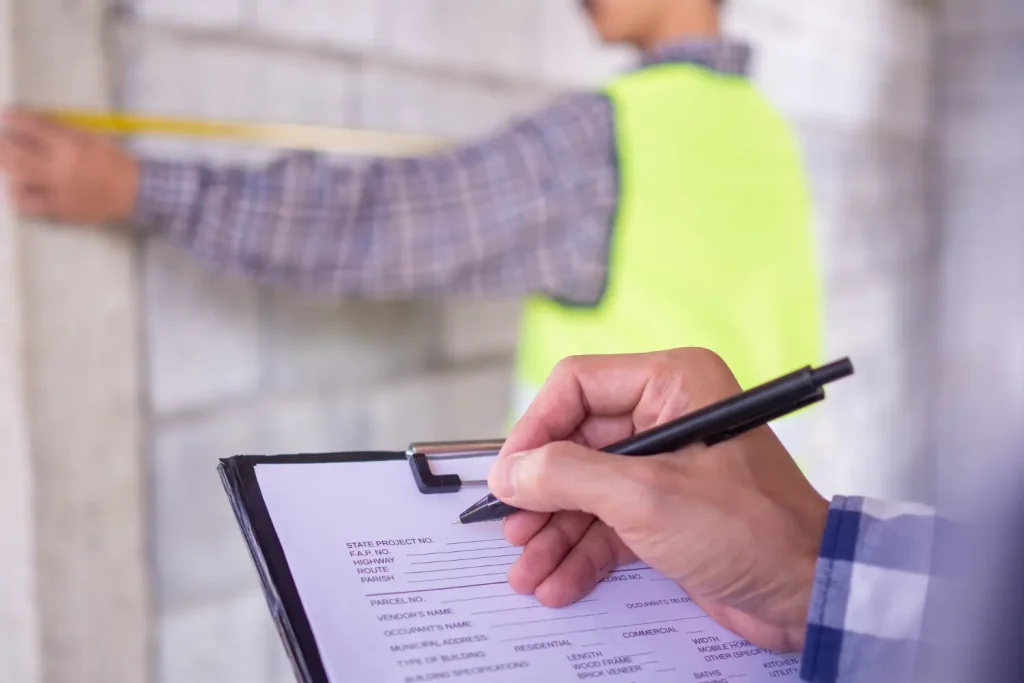Introduction
Welcome to a game-changing revelation in the world of construction—specifically damp proofing in Croydon. Today, we’re tackling the hidden menace of dampness that plagues many buildings, and how it can be efficiently managed.
We’ll be comparing traditional damp proofing techniques, such as the drill and inject method, with the innovative Safeguard Drywall Quick System, a secret not many are privy to. This post promises a practical walkthrough of these methods, focusing on their application and effectiveness.
Join me as we uncover the secrets to a drier, healthier building environment through advanced damp proofing strategies that many companies don’t want you to know. Let’s get into the nitty-gritty of keeping your structures intact and moisture-free!
Traditional Damp Proofing Method in Croydon
Roofing basically, in damp proofing, the old method is to drill and inject a damp proof course across the bottom, up the sides, then put a salt-neutralizing plaster on the wall.
The Safeguard Drywall Quick System
Safeguard have absolutely smashed everything out of the water, and what they’ve done is introduced a drywall quick system, and not many people know about this system, so I’m just discussing you how it works.
Applying the Salt-Neutralizing Cream and Damp Course
We’ve got a salt-neutralizing cream that goes onto the wall, and that’s pre-applied—we’ve already done that. The adrenaline inject damp course goes down across the bottom and then up the sides to stop any moisture rise.
How the System Dries the Wall
In this system, once the boards are on, allow the wall to dry out. From that point, it will carry on rising and evaporating out the wall till the wall comes into equilibrium with the rest of the masonry.
Using Plasterboard and Acrylic Dabs
So the plasterboard with acrylic dabs is a perfect choice. These acrylic dabs are a special drywall system from Safeguard, but you can use any type of acrylic. The cheapest one is by Sika, and you can buy it from any good builder’s merchants in Croydon—just look for an acrylic used for sticking timber together.
Instar-Stick Application for Fixing the Board
This is what the secret is: Insta-Stick. You’ve got your dots for a bit of a grab. Insta-Stick’s not got much of a grab when you first spray it out.
What we do is stick your board at an angle, and this stuff will set in 5 minutes. So, we’ll put extra dots on here like this.
Acrylic Dots to Prevent Bridging
Your acrylic dots are what’s going to keep it from touching the wall, therefore there’s going to be no bridging on the membrane. It does slightly expand, and this is why we use CRS stick down here.
Securing the Boards
Here we go—and it’s the cleanest, best system I’ve seen for absolute years. So, this is in place—just touch it up to the wall so that it sticks.
Grab our drops—this is only to stop it expanding back up at the wall. So, just put it in position, and then a couple of turns will hold it in place while the Insta-Stick sets.
Applying More Insta-Stick
We put another one in place. Then what we do is get a bit more Insta-Stick like we’ve done previously on that board. It’s just a question of sticking it in here.
If there’s any excess outside, it can be zipped up. That stuff costs about four quid and will do about five or six 8×4 boards.
Installation for Timber Floors
If it was a timber floor, we’d pack it up at the bottom and run this under the bottom as well, and that’ll hold it in place behind it.
The Final Step: Boarded and Damp-Proofed
Once this is cured, we’ll just cut it off—and that is a full wall, knocked off, boarded, damp-proofed, and damp-proof course installed.
Curing and Finishing
It’s taken us about three hours. We knocked it off this morning, cleared it all, and we’re going to skim it this afternoon. This will take 20 minutes to cure—we’ll have some dinner, and then we’ll slice this level, PVA the top, skim it, blend it in, put some scrims on it, and then you’ve got an absolutely dry wall.
The Science Behind Rising Damp
How it works is this: rising damp comes up through capillaries. You drill and inject your joint with damp-proofing cream. K systems or other companies are all as good as each other—all BBA-approved.
The cream coats the inside of the capillary. Any water that goes up gets its meniscus reversed. Before the cream, the meniscus is shaped upwards, and after, it shapes downwards, stopping it from tracking.
Drying Process and Decorative Protection
Your wall will still be wet, but from that point, the moisture in the masonry will continue rising and evaporating through the surface. Because we put salt neutralizer on, there’ll be no salty deposits on the plaster surface, and no decoration will be spoiled.
Conclusion
Thanks for sticking with us through this exploration of damp proofing secrets in Croydon. From the reliable traditional methods like drilling and injecting, to the innovative Safeguard Drywall Quick System, we’ve covered the gamut of options available to keep your structures resilient against moisture. It’s crucial to choose the method that best fits the needs of your property to ensure lasting protection.
Armed with this information, you’re well on your way to safeguarding your buildings against damp, preserving both their structural integrity and internal conditions. Remember, proper damp proofing is the secret to a healthier, longer-lasting building. Cheers to keeping your spaces dry and damage-free!
For More Articles: https://tigerworks.org/



More Stories
Top 5 Things to do at Dubai Parks and Resorts
Top 5 Things to do at Dubai Parks and Resorts
Explorarea Impactului Economic al Producției de Tutun în Europa de Est